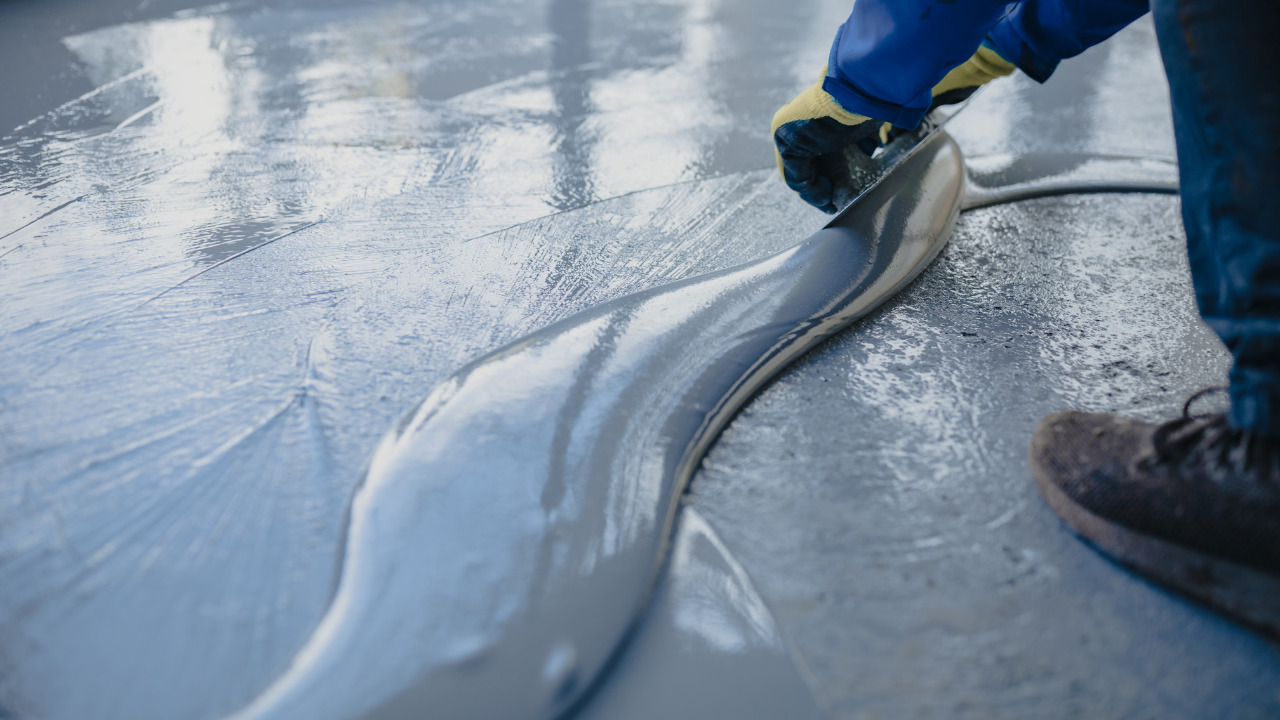When you step into an authentic historical home, you are unmistakably transported back in time and surrounded by the echoes of the past. Each creaking floorboard and weathered beam when combined with a worn staircase tells a story of generations gone by. And, among these cherished relics of yesteryears, authentic plank flooring is one element that stands as a testament to time’s passage while still retaining its timeless charm.
In the world of historical preservation, few things are as evocative as the rich patina of original plank flooring. These weathered planks have witnessed history unfold, from the footsteps of the first inhabitants to the most famous and exciting events that shaped the world. The authenticity they exude is unmatched, thanks to the way they connect you to the past in a way that no modern substitute can replicate.
So, let’s embark on a journey through time and learn something about the essence of authentic plank flooring and its role in preserving the narratives of the past. It’s time to unravel the stories and expert insights that illuminate the path to restoring the irreplaceable character of historical homes, one plank at a time.
Table of Contents
Understanding the Significance of Authentic Plank Flooring
Authentic plank flooring will take you back to an era when craftsmanship was painstaking and always intentional. In historical homes, these floors were not only practical surfaces, but a testament to the skills of artisans who hand-selected, cut and then placed each plank with great care.
Whether it’s the wide, uneven planks of a colonial-era home or the uniform planks of a Victorian residence, these floors reveal the cultural influences and material availability of their time.
The allure of authentic plank flooring lies in its historical value as well as in the atmosphere it creates. The varying shades of aged patina and unique grain patterns tell a visual story that modern flooring materials simply cannot replicate in any realistic way.
The warmth and character exuded by these floors will give your home a distinct ambiance that resonates with all those who appreciate the beauty of imperfection.
Challenges and Considerations for Restoring Plank Flooring
Restoring the authentic charm of plank flooring in historical homes is a labor of love that comes with its own set of challenges. From addressing decades of wear and tear to striking the delicate balance between preservation and modern functionality, the journey of restoration requires a deep understanding of the unique considerations that come into play.
The Test of Time
One of the foremost challenges in restoring plank flooring lies in confronting the effects of time. Decades, or even centuries, of foot traffic and moisture exposure, can take a toll on these once-sturdy planks. Repairing and rejuvenating wood that has naturally aged requires careful attention to detail and a nuanced approach to ensure the wood’s structural integrity is retained.
Matching Historical Authenticity
The key to successful restoration is to blend new additions with the existing flooring to ensure a harmonious appearance that honors the historical authenticity of the space. Sourcing reclaimed wood that matches the original species and age can be a challenge because the availability of such wood may be limited. Achieving a consistent look across the entire floor demands a skilled touch and meticulous craftsmanship.
Steps in Restoring Authentic Plank Flooring
As you already know, restoring the time-honored allure of authentic plank flooring requires a meticulous and thoughtful approach. Each step in the restoration process plays a role in transforming worn and weathered planks into polished testaments of history.
1. Evaluation and Planning
Before the restoration journey begins, a comprehensive evaluation of the existing plank flooring is the first important step. This involves:
- Assessing the overall condition of the planks
- Identifying areas of damage or wear
- Determining the scope of restoration required
By understanding the unique challenges of each project, you can create a well-informed plan for the whole restoration process.
2. Wood Selection and Sourcing
When it comes to restoring authentic plank flooring, finding replacement wood that aligns with the historical context is also important. Sourcing reclaimed wood from salvage yards or repurposing wood from similar historical structures can lend an authentic touch to the restoration.
3. Repairs and Replacement
Addressing the imperfections of time is a delicate endeavor that demands some expert woodworking skills. Damaged sections of the existing flooring may require repairs like patching, reattachment, or splicing in new wood to perfectly blend with the old. The artistry actually lies in maintaining the visual continuity of the flooring while fully restoring its structural integrity.
4. Finishing and Preservation
The finishing touches play a significant role in the restoration process. The choice of finish—whether natural oil, varnish, or wax—should both enhance the wood’s appearance and offer protection against future wear. The aim is to highlight the wood’s unique grain patterns and hues while preserving its historical charm.
Conclusion
As you walk upon the restored planks of history, may you find inspiration in the tales they tell and the connection they nurture in a loving way. The restoration of authentic plank flooring isn’t just about floors but celebrating the craftsmanship of eras past, and ultimately creating the atmosphere that will connect you to your roots as you stride confidently into the future.





